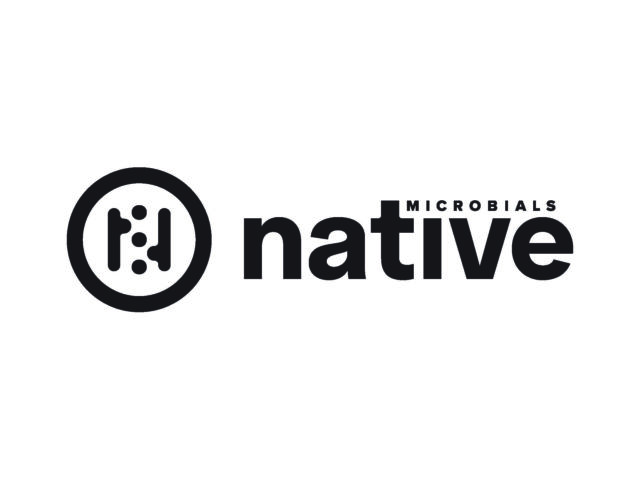Editor, I enjoy your publication.
My ideaon surplus milk/cow prices is short and sweet.The milk industry caps somatic cell counts at 400,000 nation wide. If that doesn't work, move the bar lower. You can’t argue against quality.
—Henry Van Dyk
H & T Dairy
Tulare, California
Editor,
While there is certainly passion in Ben Yale’s recent article (“Do something! Anything!” June 12, 2009), we were all left wondering what exactly the article was promoting for the long-term future of our industry? The author seems to have real concerns anytime the government is involved in the dairy industry – concerns that are shared by us all. But what exactly is he proposing? A completely free market? The status quo? Are those two things one-and-the-same? Hardly.
If we are truly going to pit this debate as “free market” vs. “government involvement,” let’s be honest. To those who are advocating that we “just let the markets sort this out,” are you proposing the elimination of Federal orders and milk pooling? The elimination of the CCC? The elimination of the MILC? The elimination of DEIP?
The intricate web of government regulations that we already operate under have prevented real market signals from reaching the dairies. Every day, 60,000 dairymen across the U.S. have every incentive to get as much milk in their tanks as possible, without any regard for market demand. Any individual can build a new dairy, and from day one, without ever having to “compete” for customers, be guaranteed his equal share of the market revenues. This is not free market.
So how do we fix it? Do we eliminate the government regulations that blend the risk of “overproducing” amongst all dairies and mutes supply/demand signals on individual dairies? Does the industry really want all dairies to contract directly with milk plants? Isn’t that still “supply management,” only with the processors in charge of dictating the terms?
The Dairy Price Stabilization Program is nothing like the supply management we’re familiar with (i.e., Canadian and European quota systems). This program is a uniquely-American concept that provides an incentive for dairies to manage their production, but doesn’t stop any dairy from expanding or starting a new facility. It maintains the entrepreneurial spirit of the American dairy farmer, but gives us a tool to help us grow our industry smarter.
The status quo is not acceptable. If we’re going to have an intellectual debate over the long-term future of this industry, folks need to come to the table with more than just the status quo. Only the “last man standing” can truly support the way things are now.
—Doug Maddox
President of Holstein Association USA
—Amanda St. Pierre
President of Dairy Farmers Working Together
—Sybrand Vander Dussen
President of Milk Producers Council
Editor,
First, they gave it a nice-sounding name: Cooperatives Working Together. Sounds benign and even noble, doesn’t it? Known for short as CWT, it was touted as a plan to help stabilize farm-gate milk prices for America’s dairy farmers. A more secure future was promised. Who wouldn’t be for that?
Well-intentioned as CWT may have been, I dare say that a wolf crawled into the harmless-looking sheepskin soon after its start. Let’s face it, CWT has failed miserably. It’s done little more than systematically lure dairymen out of business in waves. Never in the history of milking cows have so many dairymen across the country been pushed to the brink of extinction, as what we’ve seen during the CWT era.
Poor farm-gate milk prices cause the desperation, sending producers to the edge. CWT provides the incentive for them to take the plunge, and the money they received for their herds is the parachute for a reasonably soft landing, I suppose.
That may have been fine and acceptable when the poorer managers were given the CWT choice as a way out. But haven’t we run out of poor managers by now?
Folks, when top-notch herd owners are accepting the CWT carrot, it’s time to re-think the program. Plain and simple, CWT is a bloody and heart-breaking supply-management program that isn’t working.
Now is the time to thoroughly review the options, including CWT, if you’re so inclined. And, perhaps even more importantly, now is the time for true and transparent unity, with every producer having a right to be heard and/or vote when the time comes.
We unequivocally favor cooperatives working together, but not Cooperatives Working Together as we’ve known it.
—Dieter Krieg
Farmshine Editor




